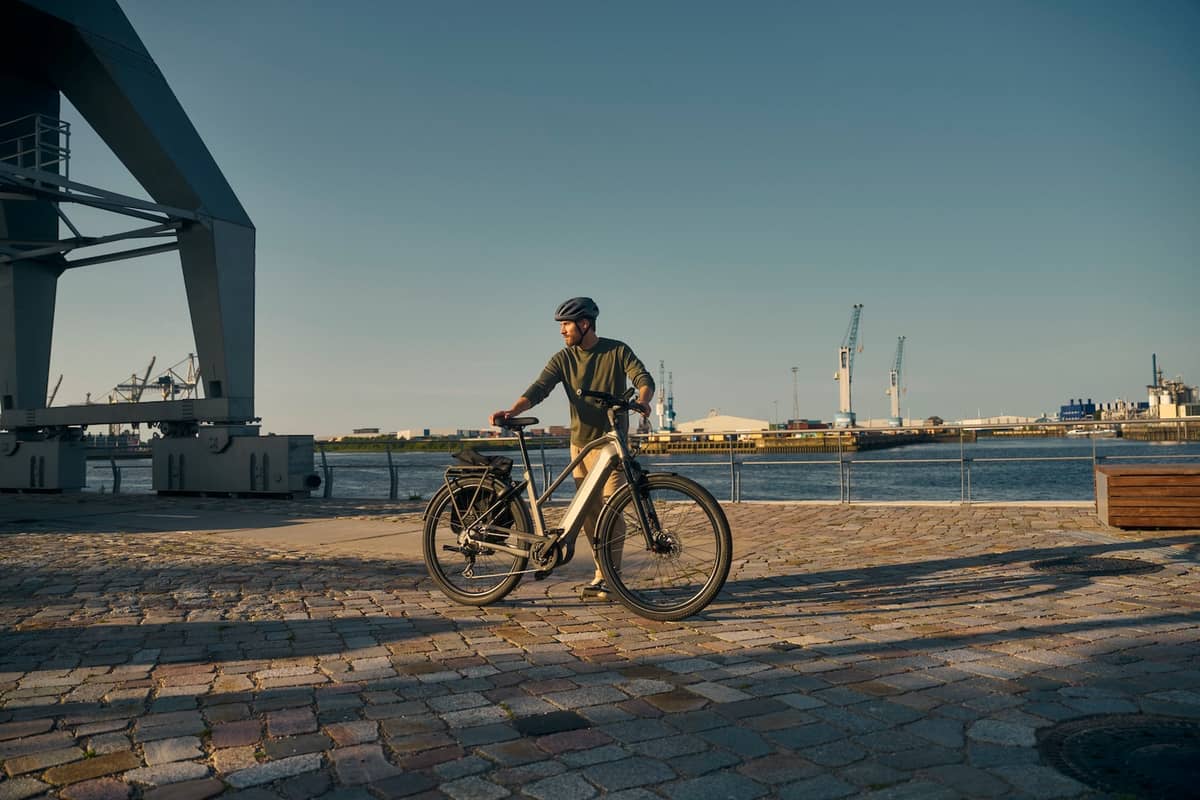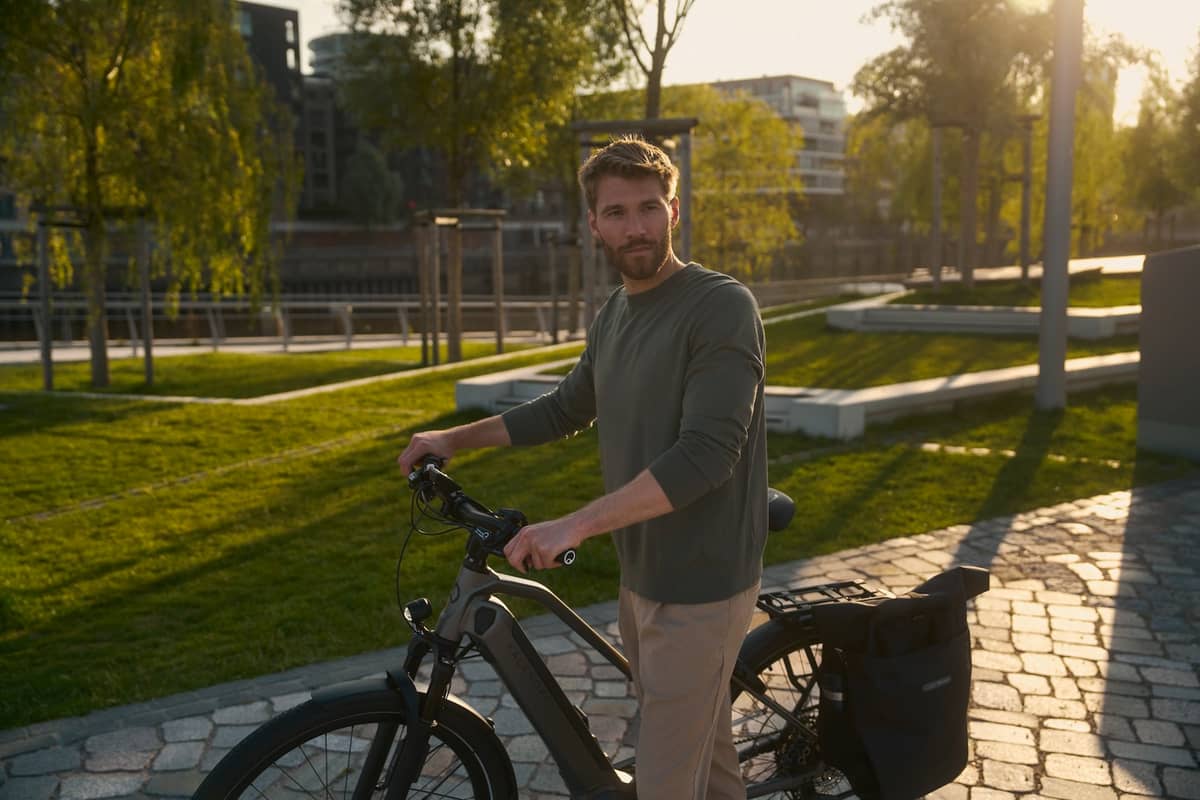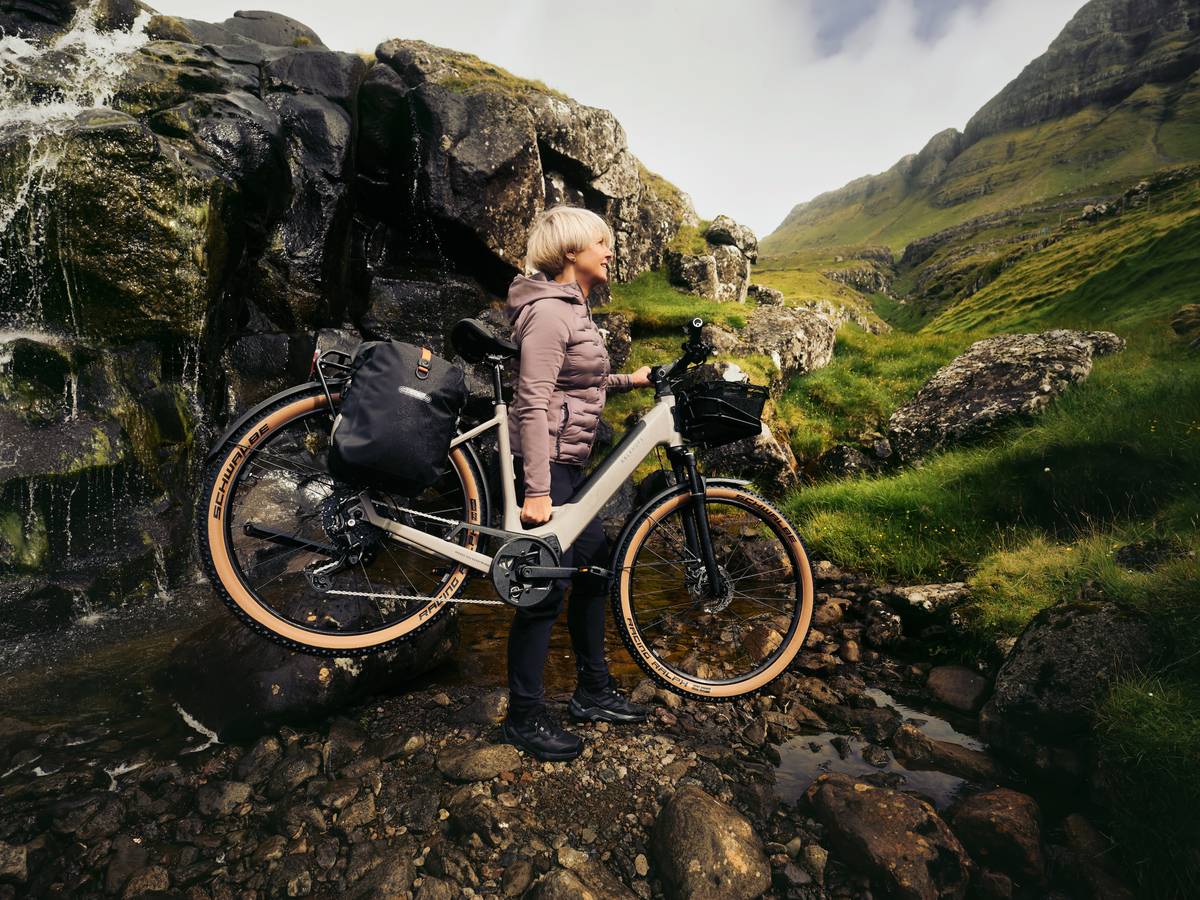
Is it worth leasing a bike instead of buying one? Here we explain why bike leasing is cheaper than buying a new bike – especially when it comes to e-bikes.

Whether for work, an evening ride or weekend shopping with a cargo bike, the bicycle has long been more than just a means of transport. For many people today, it is an integral part of everyday life. This is especially true for e-bikes: according to current market surveys, every second new bike sold in Germany is now electric. But the boom comes at a price, as e-bikes cost significantly more than conventional bikes. Good models usually cost more than €3,000 to €5,000, and premium bikes can be significantly more expensive. For many people, this is a major investment that requires careful consideration.
This is where bicycle leasing comes into play – an option that has become increasingly popular in recent years. Instead of buying the bike outright, it is leased through the employer – similar to a company car. This significantly reduces the monthly cost, and tax advantages even allow you to save money. But how big is the difference really? And is leasing worthwhile compared to a traditional cash purchase? We take a look at the costs below.

This is how the price is calculated
Let's start with the costs of a traditional cash purchase. When you buy a bike, you usually pay the full price up front – or in instalments, often with additional interest costs. With a traditional city bike, both options may still be financially feasible. But with e-bikes, it's a different story: motor assistance, powerful batteries and high-quality components quickly drive the price up to several thousand euros. As mentioned at the beginning, a solid e-bike for everyday use starts at around €3,000, while €5,000 and more is not uncommon for sporty models, cargo bikes or high-end gravel bikes.
But that's often not all: many buyers also invest in accessories such as locks, helmets, luggage racks, lighting systems or mudguards – expenses that can quickly add up. Running costs such as maintenance, wear parts and repairs should not be underestimated – nor should optional theft and damage protection, which makes sense for high-quality bikes and is recommended in many cases. An average e-bike costs around 800 to 1,200 euros per year on top of the purchase price. Extrapolated over a useful life of three years, this results in total costs of around 2,000 to 3,000 euros in addition to the purchase price.
This is how the price is calculated
Bike leasing works very differently – and for many people, it's much more relaxed. The principle is easy to explain: you choose your dream bike from a specialist shop or online store, the leasing partner takes care of the paperwork, and your employer officially acts as the lessee. You use the bike in your everyday life – both for work and private purposes – and pay the monthly leasing instalment via salary conversion.
This means that the leasing instalment is deducted directly from your gross salary. This reduces your taxable income – and you end up paying less income tax and social security contributions. This effect ensures that leasing is ultimately cheaper than a direct purchase – especially if the employer also contributes to the leasing instalments or even covers the costs in full. In concrete terms, bike leasing can save you up to 40 per cent compared to a direct purchase.
A leasing contract usually runs for 36 months. After that, you return the bike. However, if you wish and if possible, you can also receive a purchase offer based on the calculated residual value. There is no legal right to purchase, but in practice, many users decide to buy if they were satisfied with the bike. So you can save money here too.
And that's not all: Lease a Bike's leasing rates include flexible all-round protection consisting of three components: theft and damage protection, inspections and a wear and tear budget. The protection covers theft, vandalism, accidents and electronic damage – with no excess. In addition, you are covered by a Europe-wide mobility guarantee: including breakdown assistance, return transport and a replacement bike. Depending on the package, up to three inspections per year are included for maintenance. The wear and tear budget covers typical repairs such as new brakes or tyres, and is even unlimited in the all-inclusive tariff. This means you can drive worry-free – whether on your way to work or in your free time.
Leasing vs. purchasing
The figures speak for themselves: leasing a bicycle or e-bike through your employer can result in significant savings compared to a traditional cash purchase – especially if the leasing contract is cleverly structured and includes additional services such as damage protection, maintenance and mobility guarantee.
While a cash purchase results in ownership, it is usually associated with significantly higher overall costs. For an e-bike worth around €4,000, depending on usage, an additional €1,100 to €2,300 for accessories, maintenance, wear and tear and protective measures can quickly be added over three years. This results in a total cost of around €5,100 to €6,300.
With leasing, on the other hand, the monthly instalments are easier to plan and are significantly reduced thanks to tax savings. What's more, many services are already included. The total costs over three years are usually between €3,000 and €4,600, depending on your tax bracket and tariff. In many cases, this results in a financial advantage of up to 40 per cent compared to purchasing.
It is always important to look at the details: the exact savings depend on the equipment chosen, the tax bracket, the gross salary and the specific leasing model. An employer subsidy can also significantly change the calculation. Nevertheless, it can be said that for many people, leasing is the more economically attractive solution – especially for e-bikes.
Then leasing is particularly worthwhile
Our comparison of the costs of buying a bike and leasing a bike shows why leasing is no longer a niche solution. Rather, for many working people, it is an attractive and often cheaper alternative to the traditional purchase. This model is particularly worthwhile for high-quality e-bikes that cost £3,000 or more. Tax incentives, convenient instalment payments and frequently included services not only reduce the financial burden, but also the effort involved in everyday life.
Leasing can be a smart solution, especially for those who use their bike intensively in everyday life – whether for the daily commute to work, an after-work ride or weekend shopping with a cargo bike: financially advantageous, convenient and uncomplicated. Anyone who meets the requirements and wants to remain flexible in the long term should definitely take a closer look at this model.